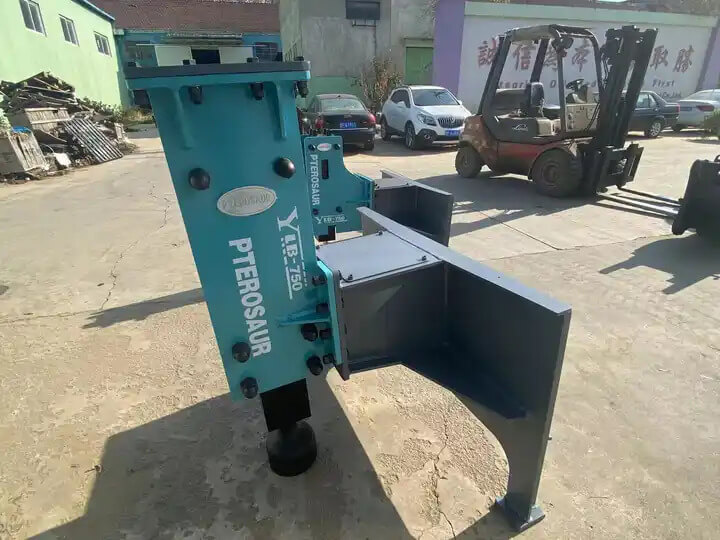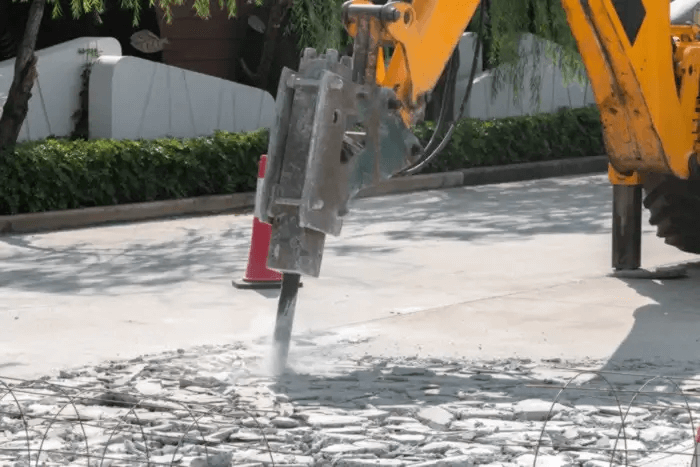Understanding Hydraulic Hammers for Excavators
Hydraulic hammers, also known as hydraulic breakers, are powerful attachments designed to enhance the productivity of excavators in various demolition and construction projects. These tools are indispensable for breaking concrete, rocks, and other tough materials, making them a vital asset in the heavy machinery industry. This article delves into the functionality, benefits, and considerations of hydraulic hammers for excavators.
What is a Hydraulic Hammer?
A hydraulic hammer is an attachment that is mounted onto an excavator and operates using hydraulic pressure to deliver powerful impacts. The mechanism consists of a hammer head that strikes a chisel or a pointed tool to break down solid materials. This attachment is particularly useful in situations where traditional excavation methods would be inefficient or impractical.
How Does It Work?
The operation of a hydraulic hammer is quite straightforward. When activated, hydraulic fluid is forced into the hammer, causing the hammer head to move up and down rapidly. The energy generated from this movement is directed into the chisel or tool, resulting in a high-impact force that effectively breaks apart the targeted material. This process allows for precise demolition work, making it suitable for various applications, including:
- Breaking Concrete: Ideal for demolishing structures or paving.
- Rock Breakage: Useful in mining or quarrying operations.
- Soil Compaction: Assists in preparing sites for construction.
Advantages of Using Hydraulic Hammers
- Increased Efficiency: Hydraulic hammers can break materials much faster than manual methods, significantly reducing project timelines.
- Versatility: These tools can be used across different types of projects, from small-scale residential tasks to large commercial demolitions.
- Reduced Labor Costs: By speeding up the demolition process, hydraulic hammers decrease the need for extensive labor, leading to cost savings.
- Precision: With the ability to control the force and direction of the hammer, operators can perform delicate tasks without damaging surrounding structures.
Types of Hydraulic Hammers
Hydraulic hammers come in various sizes and configurations to suit different excavators and job requirements. Here are some common types:
- Standard Hydraulic Breakers: Typically used for general demolition tasks.
- Heavy-Duty Hammers: Designed for the most challenging applications, such as breaking through thick rock formations.
- Mini Breakers: Smaller models that can be used with compact excavators for lighter tasks.
Choosing the Right Hydraulic Hammer
When selecting a hydraulic hammer for your excavator, consider the following factors:
- Excavator Size: Ensure that the hammer is compatible with the weight and power of your excavator.
- Application Needs: Identify the primary tasks you will be using the hammer for—whether it’s breaking concrete, rock, or other materials.
- Manufacturer Reputation: Look for reputable manufacturers that provide high-quality hydraulic hammers and support.
Conclusion
In conclusion, hydraulic hammers are essential tools for excavators that enhance productivity and efficiency in demolition and construction projects. Understanding how these devices work, their advantages, and the options available can help operators make informed decisions when investing in hydraulic hammers. As the demand for effective demolition continues to grow, hydraulic hammers will remain a cornerstone in the toolkit of heavy machinery professionals. Whether you are in construction, demolition, or mining, the right hydraulic hammer can make all the difference in achieving your project goals efficiently.




































